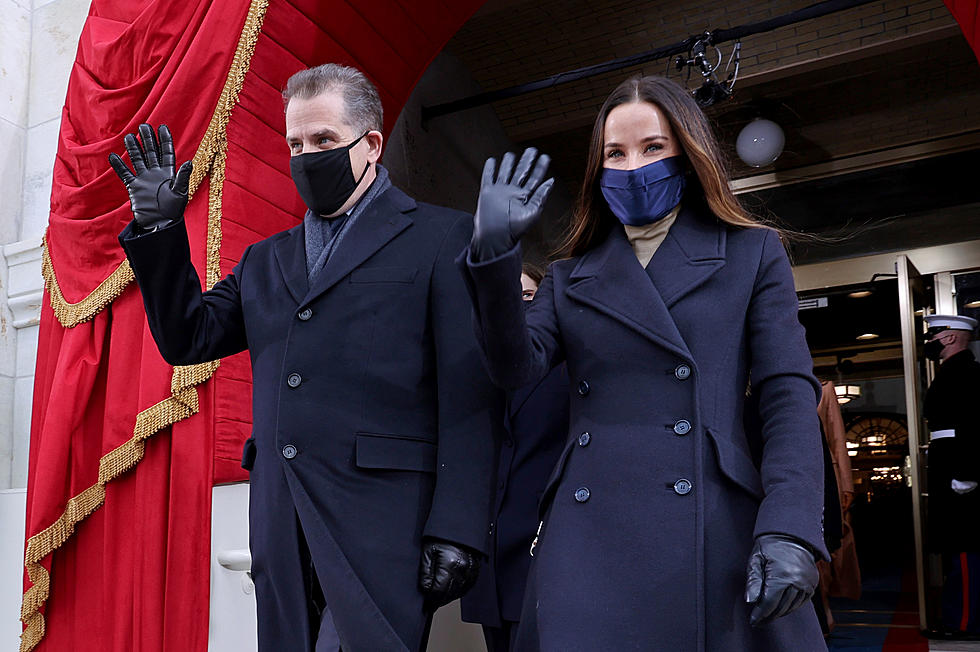Covington Man Says He Has A Better Sports Drink
BATON ROUGE, La. (AP) — A fan who watched a New Orleans Saints player collapse with cramps near a sports drink cooler has entered the sports drink market with help from the LSU AgCenter.
Brian Brothers, of Covington, La., said the Saints incident during a game about two years ago sparked thoughts of whether there was a market for a more effective drink to avoid cramps during games and practice.
"How good could this be if these NFL guys are drinking it and they're still cramping up?" he asked.
After some research, he formed a partnership with attorney and friend Craig Hart and moved himself and his preschool son back with his mother so he could finance the project by renting out his condo.
Only his and Hart's money has gone into the drink, he said.
After about 18 months of development that included LSU's help keeping it clear and making it palatable, his drink, called EX5, is being sold in about 500 stores statewide.
"I am still sometimes amazed when I see it at a store and see someone buying it. I saw an empty one on the ground at a red light the other day and got a kick out of it," he said.
Lemon-lime and strawberry lemonade are on the shelves. Blue raspberry will be next, probably in September, once he works out the design for a label for bottles to be shipped out-of-state — "I don't think folks in Alabama want a big LSU logo on the front." After that, grape.
Brothers thinks he has a better product than PepsiCo Inc.'s Gatorade, developed 40 years ago at the University of Florida, and The Coca-Cola Co.'s Powerade. EX5 has several times as much potassium, calcium and magnesium and less sugar and sodium than the others, he said.
The $7 billion sports drink market is a hard one to crack, said John Sicher, editor and publisher of Beverage Digest.
"There certainly have been areas where small beverage entrepreneurs have made inroads in the past," he said. However, he said, those were in new categories such as Vitaminwater, created by two New Yorkers who sold their company, Glaceau, to Coca-Cola for $4.1 billion in 2007, and coconut water, being marketed as a natural sports drink.
PepsiCo sells about 72 percent of all sports drinks by volume, and Coke 27 percent, he said. Given that domination, "the sports drink market would be a particularly challenging one," he said.
Brothers, 34, who owned a mortgage company in between stints in sales for soft-drink and beer companies, said his research started out of curiosity, without thought of business.
Recipes for homemade sports drinks are easy to find on the Internet. Most use regular and "lite" salt to provide the sodium and potassium found in major commercial sports drinks.
Brothers said his formula includes the four electrolytes found in sweat — sodium, potassium, calcium and magnesium — in the amounts experts told him would be lost by a player in a typical football game. That includes more than triple the potassium in other drinks.
Powerade ION4, which went on the market in 2009, has the same electrolytes. But its label shows it to have triple the sugar and sodium in EX5 and a fraction of the newcomer's potassium, calcium and magnesium, Brothers said.
He found a bottler but there were two big problems with his first attempts. The drink wouldn't stay clear — the electrolytes precipitated out into a nasty sludge. And, even when still clear, it tasted awful. He looked for research and development consultants to help refine the formula. All were way beyond his budget so he looked for university food science departments and found one at LSU. He asked if a graduate student there might work with him to help mask the bitterness of so much potassium.
"I said, 'I know how to fix that. That's the easy part,'" said John Finley, head of food science.
Finley had been working for more than a year with mogroside, a chemical extracted from monk fruit, and already had a patent on its use to mask bitterness in high-potassium sports drinks.
Monk fruit is an Asian gourd that a few other companies tout as a natural sweetener 150 times stronger than sugar. In tiny amounts, Finley said, it can block bitterness. It can also block the off-taste of glycerine used to keep dried fruit soft, he said, and could be used in a spray to make broccoli, greens and other child-unfriendly veggies taste less bitter.
The hard part of the AgCenter's work was keeping the drink clear, Finley said.
Brothers said his son Brycen served as a taste-tester because his own tastes are no longer a good test of a drink marketed largely to the younger set.
"I like my coffee black," he said, but Brycen loves sweet drinks. "I figured if it could pass that test, with a 5-year-old, a 7, 9, 11-year-old will like it."
After a year of work with Finley and graduate student Darryl Holliday, Brothers decided H&B Beverages LLC was ready for the market.
Bobbie Jean Hirsch, a trainer at high school football powerhouse John Curtis Christian School under a contract with the Tulane Institute of Sports Medicine, said the team tried it during spring practices but fall will be the real test.
"The kids liked it. We didn't have anybody cramping. We didn't have any heat-related issues," but those are infrequent in spring, she said.
What she likes best is that the drink has about one-quarter the sugar of standard versions of other commercial sports drinks. Sugar-heavy drinks make the stomach pull water from other parts of the body for digestion, she said, increasing dehydration.
The calcium and magnesium is another plus, as is the reduced amount of sodium, she said.
Some students get their pregame meals at fast-food restaurants. "They're getting plenty of sodium. Sodium is not the issue," she said. "You still have cramping."
More From News Talk 96.5 KPEL









